One concept that’s working well in a number of markets is the luxury strip mall.
As the retail landscape continues to evolve, property owners are on the lookout for clear-cut signs on what the mall or shopping center of the future will look like. The reality is that there is no one size fits all solution, as the days of cookie cutter properties that work in every market are becoming a thing of the past. While a traditional enclosed center may work perfectly fine in some areas, other areas demand a little more. That’s giving rise to what’s known as experiential retail centers, and there are all sorts of interesting tweaks that can be made within that niche.
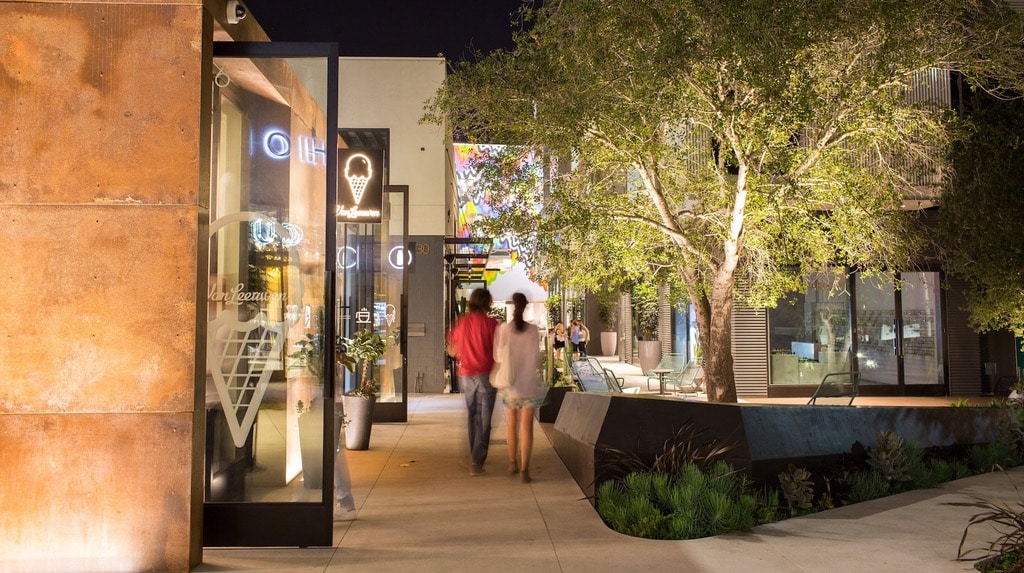
As the Business of Fashion, one concept that’s working quite well in some markets is the luxury strip mall that’s nestled in an outdoor shopping center environment. Think of a beautiful and expansive urban village that will attract consumers that are looking to hang around for awhile. For example, Manhattan’s Hudson Yards, Miami’s Brickell City Centre, and Westfield One World Trade Center are some of the more breathtaking developments in recent times that have taken the concept of the indoor-outdoor mall experience to a new level.
That concept can be adapted to smaller markets as well, and the result is often a community gathering place that will pack them in.
“Today’s pure play brands will take part in the physical future by creating brand experiences designed to connect with their customers from showrooms and galleries to restaurants and bars,” notes Stuart Miller, director of investment management at QIC Global Real Estate. “Physical retail enhances e-commerce further by providing genuine connection and a tangible experience.”
James Rosenfield found some success by adapting the historic Brentwood Country Mart to this type of model, and it worked out so well that he has now developing Country Marts in Montecito, Marin County, and Malibu.
“What we create is sort of an urban environment in a suburban location… It’s a good model when you’re looking for ways to compete against the internet because most everybody eats three meals a day, and people do often leave home to eat,” he explains.
Food and experiences continue to be a huge draw for today’s consumers, and developers that can bring that to an open-air, luxury-type setting are finding that they have a winning formula.
“What we see today is that you have to be more proactive,” Rosenfeld continued. “You have to be coming up with interesting product and content and events that bring your customer down more than once a season and bring that personal connection that makes them want to buy your brand over another,”
Want to share your company’s latest updates, store openings, or partnerships?
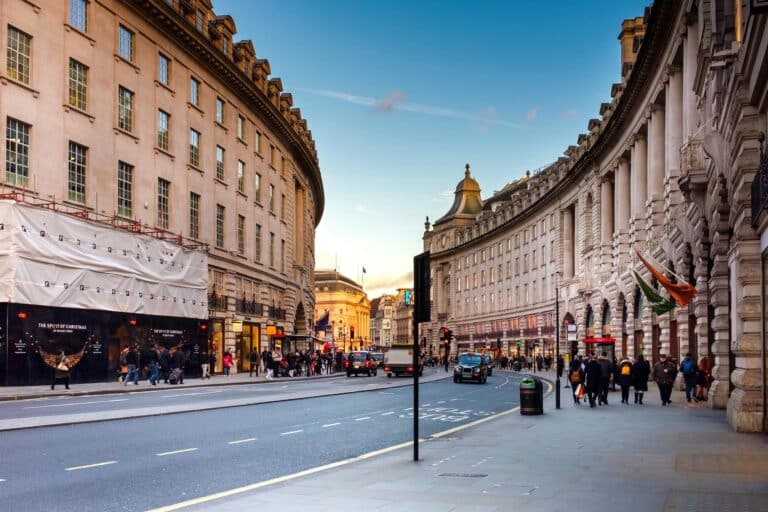
Despite global economic upheavals and adverse market conditions, the luxury retail category has demonstrated tenacity and adaptation.

Adidas is trying to challenge the registration of the new logo in court.
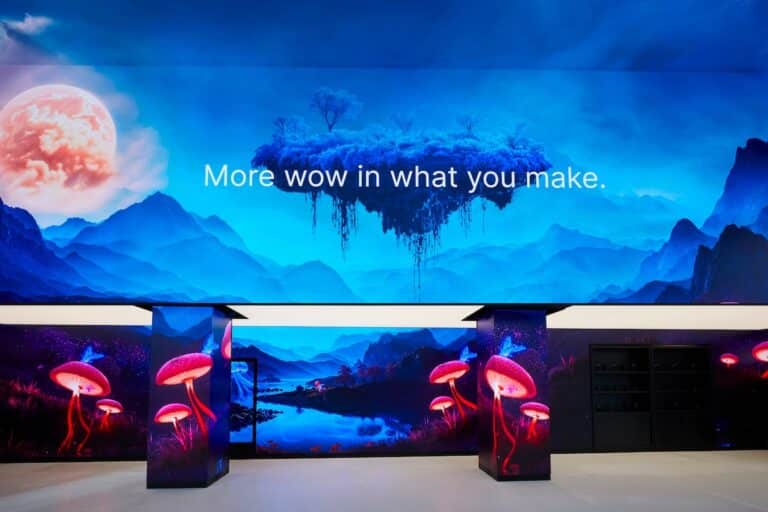
From Nike’s storytelling to IKEA’s precision and Glossier’s human tone—the best retail press releases don’t just announce, they connect.
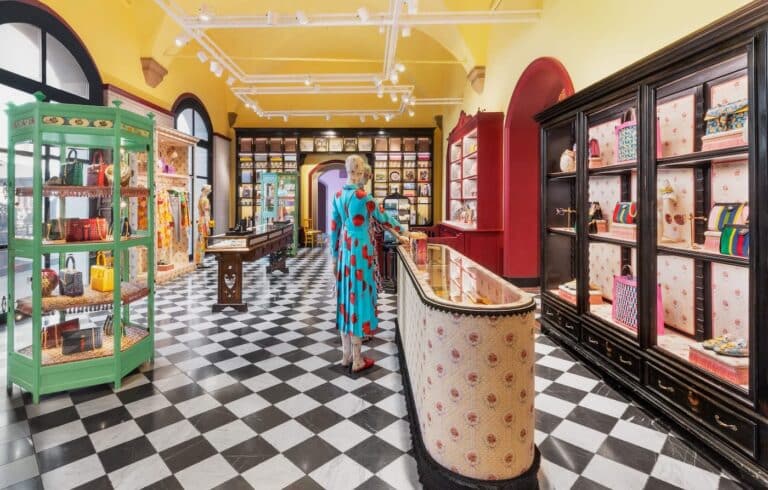
From Gucci Garden to Amazon’s Just Walk Out, leading retailers turn stores into stages. Here’s why experience is now the…

If you’ve been inside a shopping mall recently, you’ve probably noticed QR codes popping up everywhere on posters, food court…
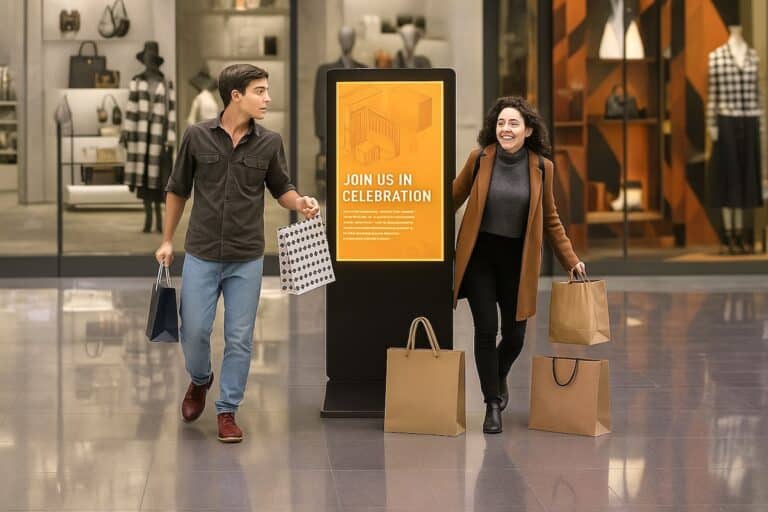
Retail media networks are reshaping global advertising.